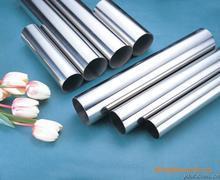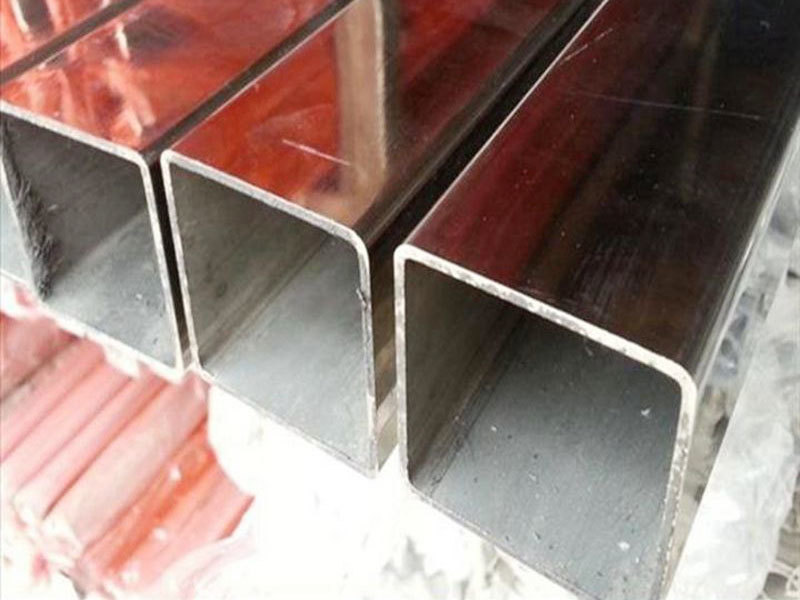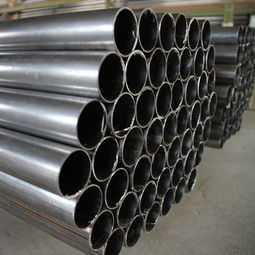

904L stainless steel welded pipe
Here is the title one h1 placeholder text
Category:
Key words:
Product Details
904L stainless steel is a low-carbon duplex austenitic stainless steel with excellent corrosion resistance, especially in high-temperature and chloride ion environments. The following are key points for the welding process of 904L stainless steel.4Preparation before welding
Cleaning2
: Thoroughly clean the welding area to remove impurities such as oil, rust, and oxides. Preheating2: Preheating may be required based on material thickness and size to reduce welding stress and the occurrence of cracks.
Selection of welding materials Matching materials2: Preheating may be required based on material thickness and size to reduce welding stress and the occurrence of cracks.
: Choose welding materials with similar chemical composition and mechanical properties to the base material, such as using the same material for filler metal in manual tungsten inert gas welding.2
- Selection of welding methods Common methods
: Include manual arc welding, gas shielded welding (such as MIG welding), TIG welding, etc.2
Low heat input : Use low heat input and a continuous fast welding speed.
Control of welding parameters Current and voltage6: Preheating may be required based on material thickness and size to reduce welding stress and the occurrence of cracks.
: Adjust the welding current and voltage according to specific conditions.2
Welding speed : Control at above 45-50 cm/min.
Weld shape : Maintain the weld width-to-depth ratio between 1.5:1 and 2:1.1: Preheating may be required based on material thickness and size to reduce welding stress and the occurrence of cracks.
Thickness of the welded parts : No more than 12mm.1: Preheating may be required based on material thickness and size to reduce welding stress and the occurrence of cracks.
Precautions during the welding process Welding temperature6: Preheating may be required based on material thickness and size to reduce welding stress and the occurrence of cracks.
: Control below 80°C to avoid brittle transformation within the material.
Weld cooling : Cool the weld by spraying cold water while welding.1: Preheating may be required based on material thickness and size to reduce welding stress and the occurrence of cracks.
Subsequent treatment Pickling and passivation1: Preheating may be required based on material thickness and size to reduce welding stress and the occurrence of cracks.
: Perform pickling and passivation treatment on the weld surface to control the overall deformation of the welded parts and enhance the corrosion resistance of stainless steel.8
- Application research Cladding process1: Preheating may be required based on material thickness and size to reduce welding stress and the occurrence of cracks.
: Common welding methods include manual arc welding or inert gas shielded welding, with supporting welding materials being welding rods (E385-16/17) and welding wires (ER385).
- Heat treatment Recommended temperature7: Preheating may be required based on material thickness and size to reduce welding stress and the occurrence of cracks.
: It is recommended to use a working temperature of 1562 – 2102°F (850 – 1150°C) for the hot processing process.2
Quenching : Quenching should be performed after hot processing, especially when hot forming is stopped above 2012°F (1100°C) and then directly quenched.8: Preheating may be required based on material thickness and size to reduce welding stress and the occurrence of cracks.
By following the above key points, the quality and performance of the 904L stainless steel welded joints can be ensured, while also leveraging its excellent corrosion resistance. It should be noted that the welding process may vary depending on specific application environments and requirements, so adjustments should be made based on specific conditions during actual operations.8: Preheating may be required based on material thickness and size to reduce welding stress and the occurrence of cracks.
遵循上述工艺要点,可以确保904L不锈钢焊接接头的质量和性能,同时发挥其优异的耐腐蚀特性2。需要注意的是,焊接工艺可能因具体应用环境和要求而有所不同,因此在实际操作中应根据具体情况做出相应调整
Online Inquiry










